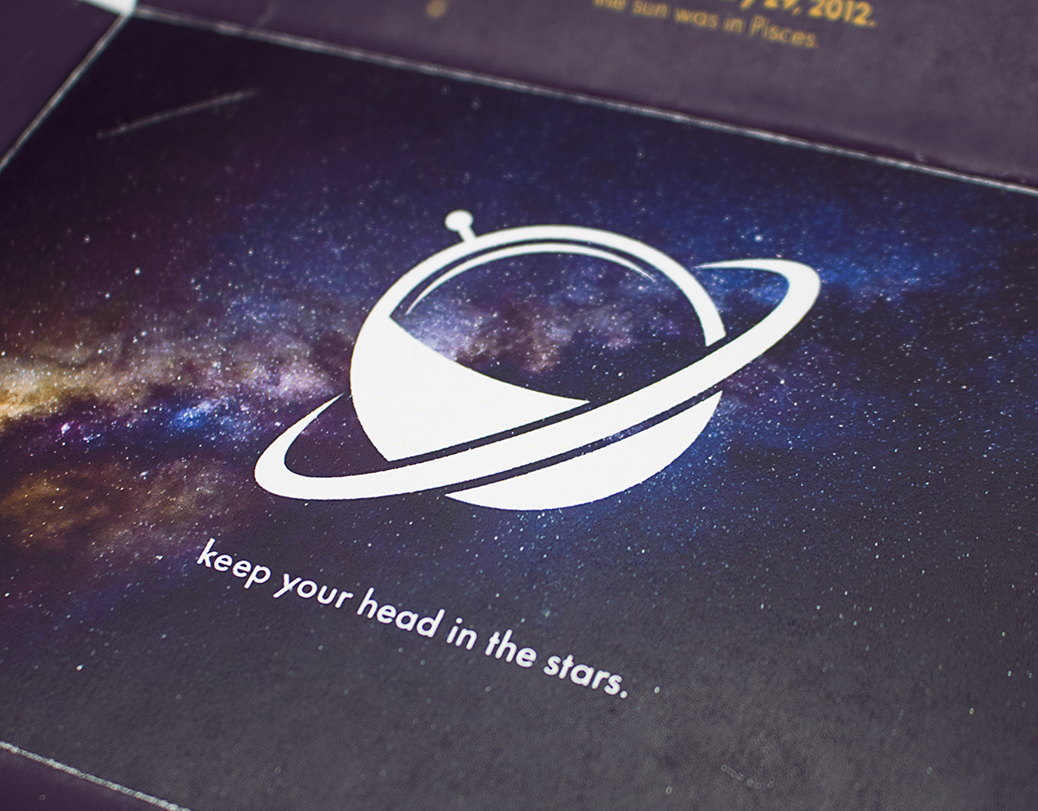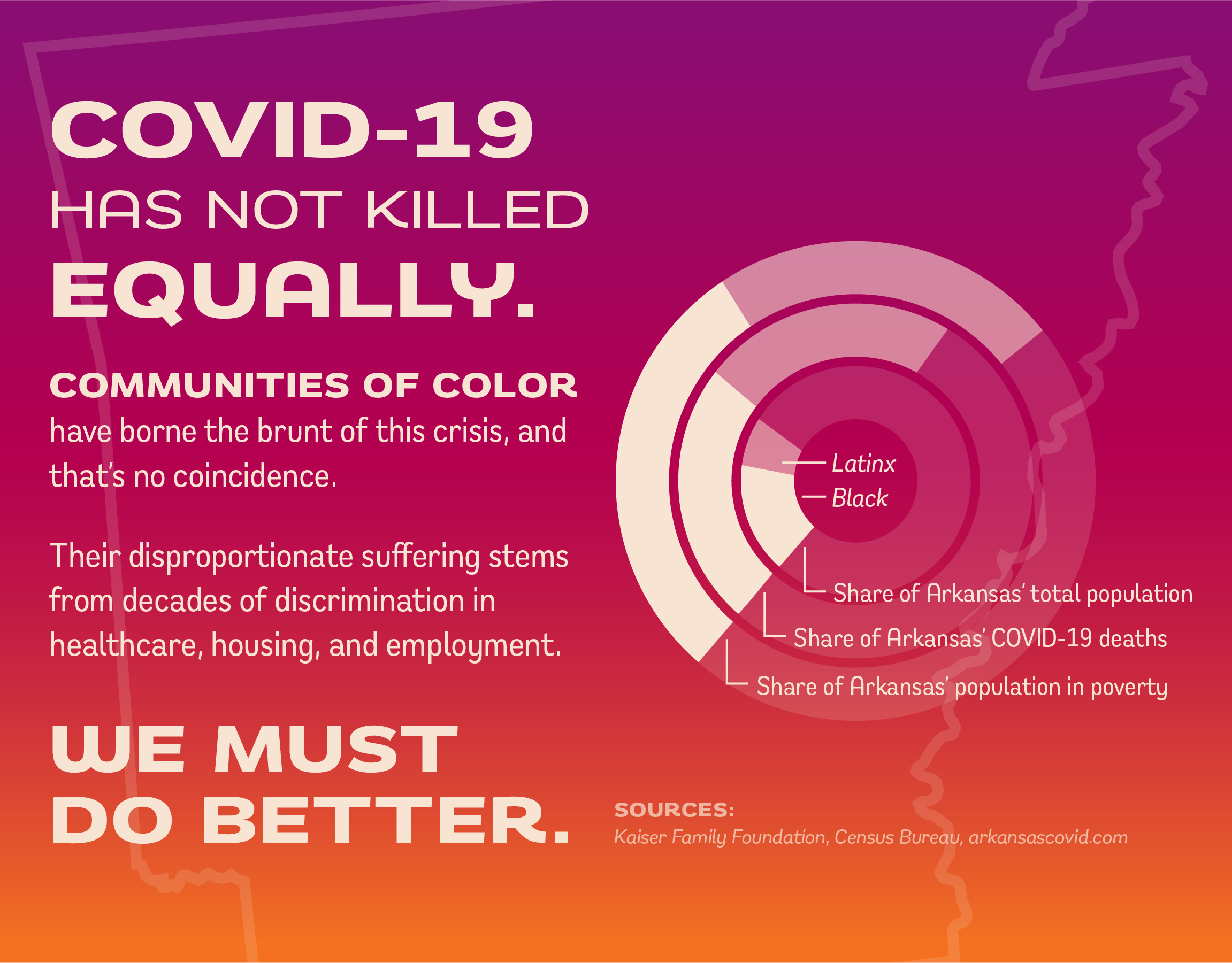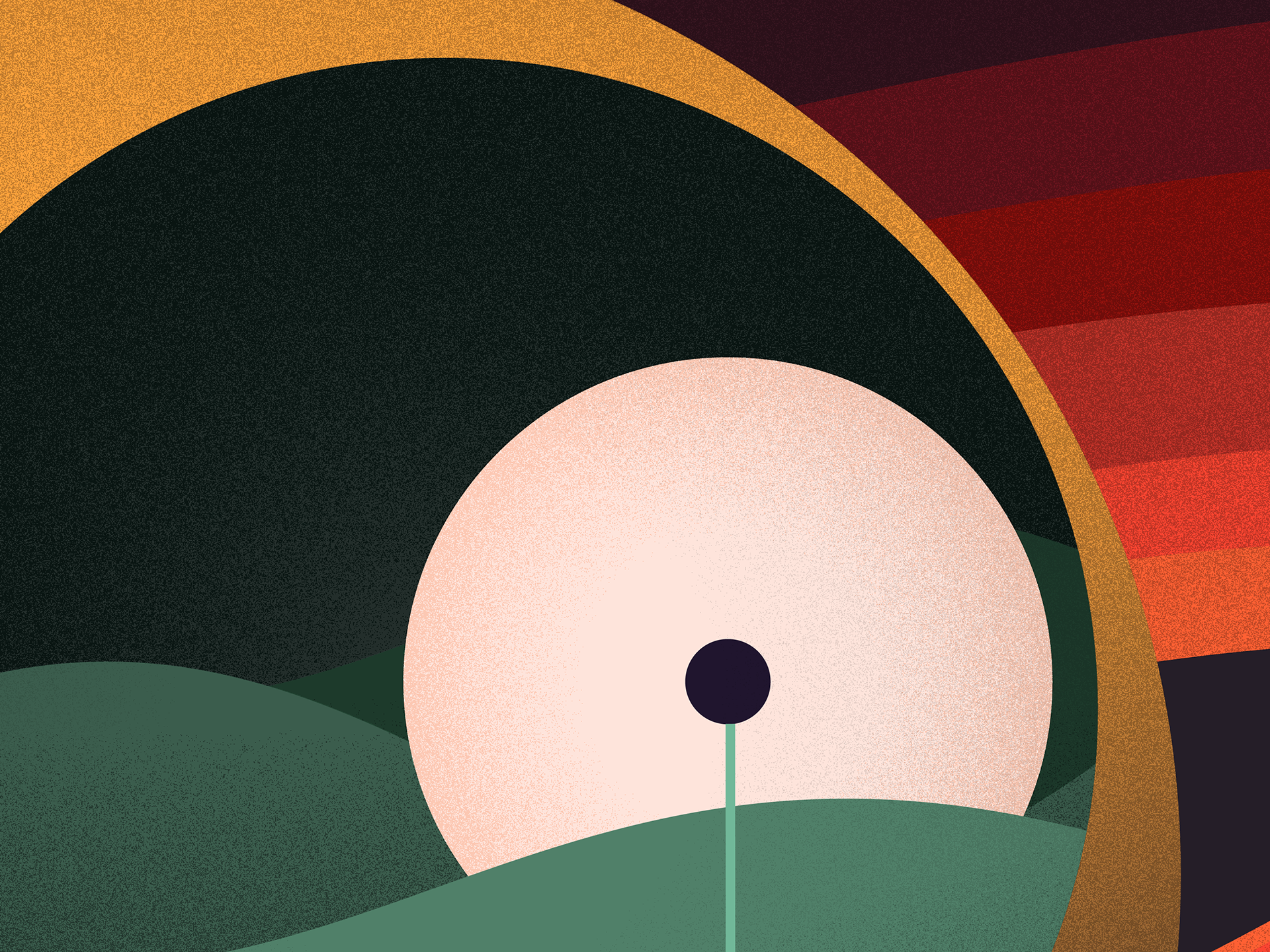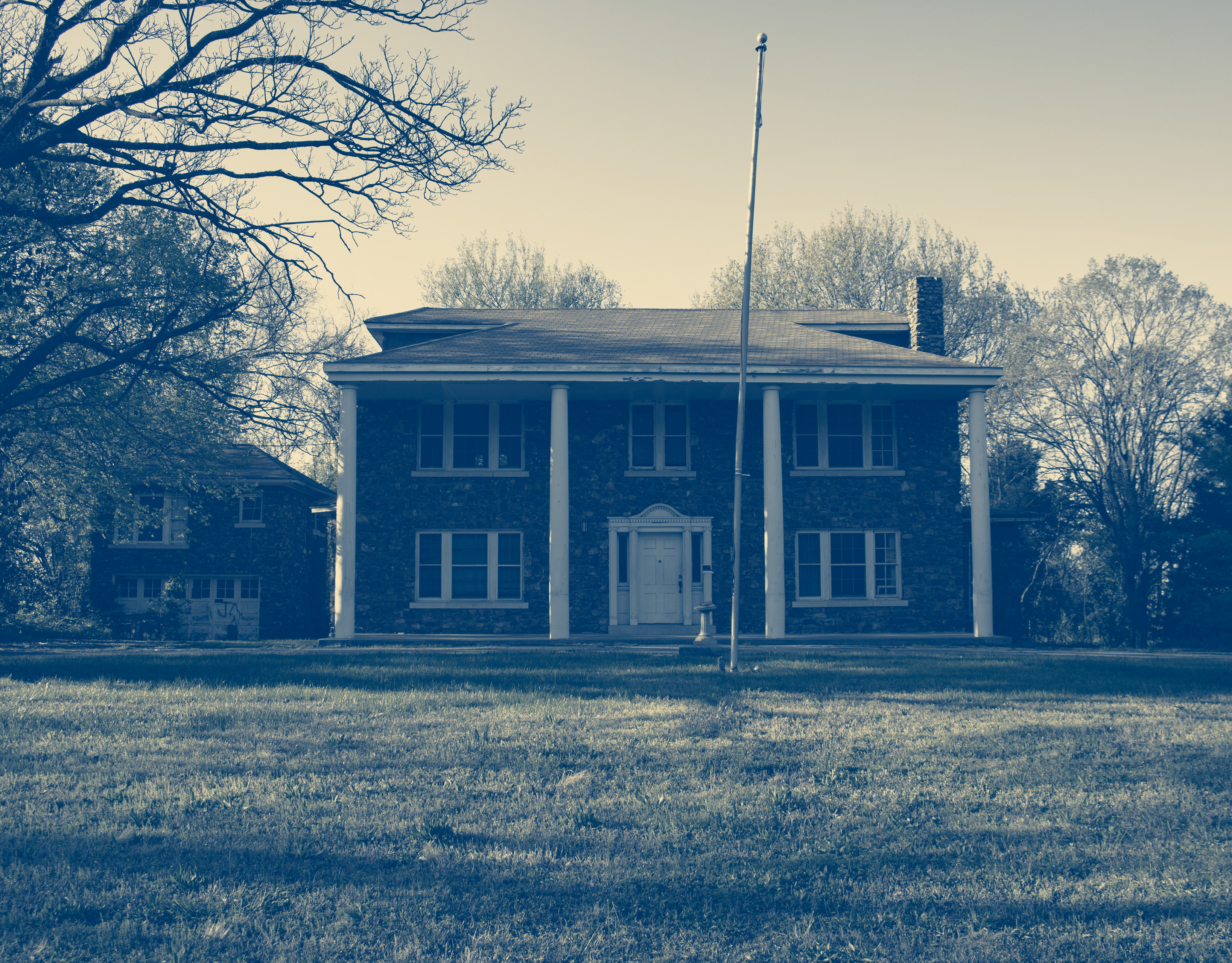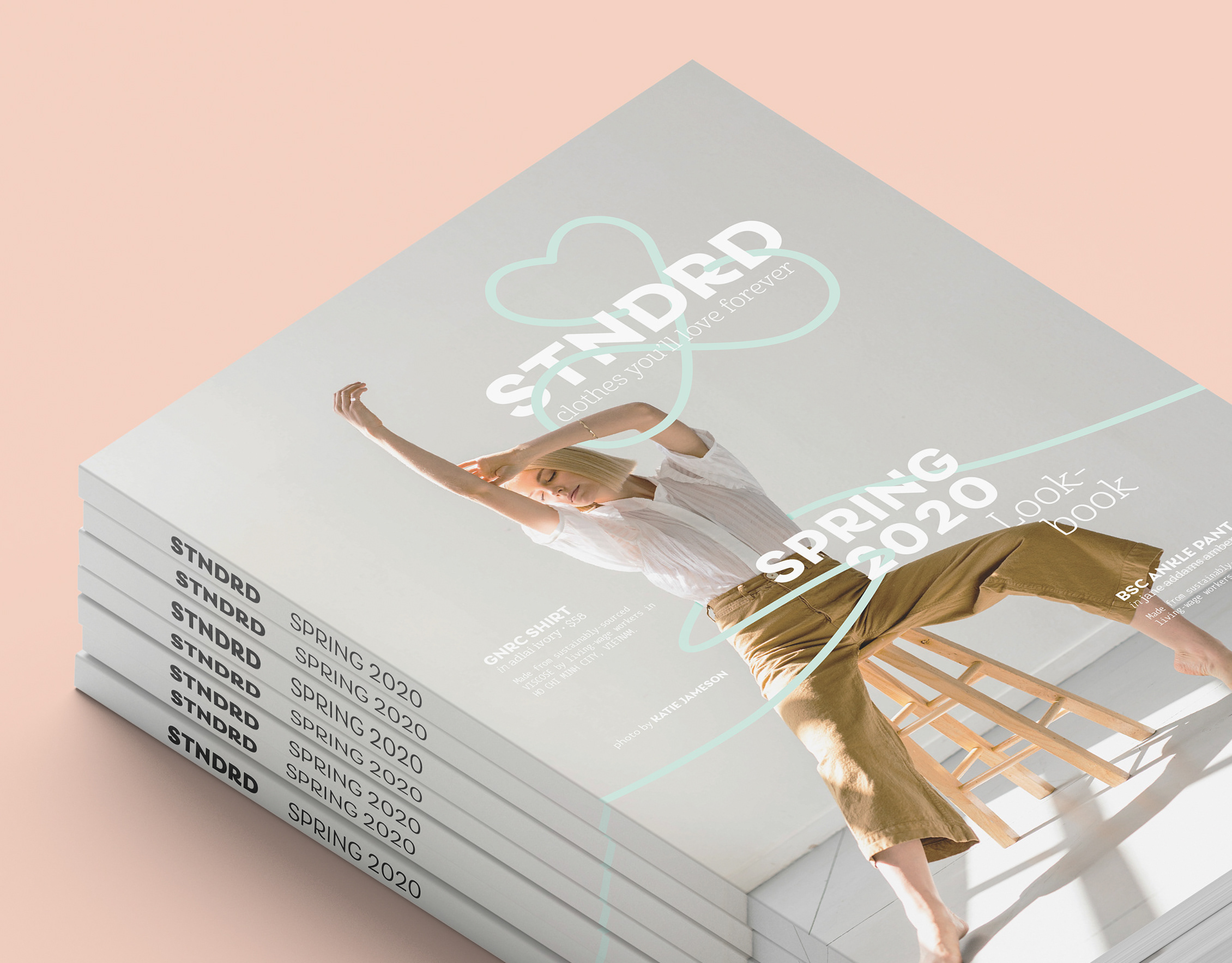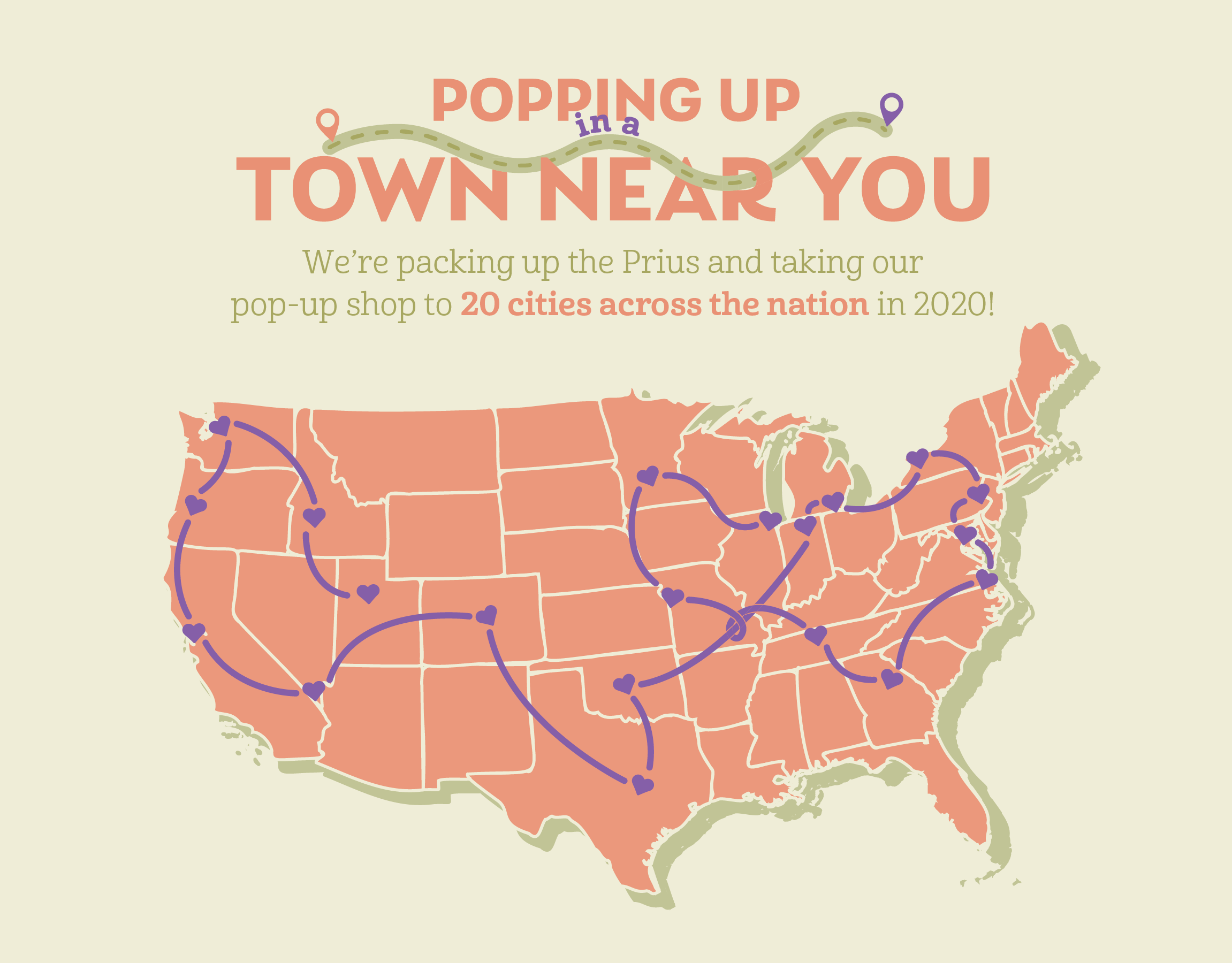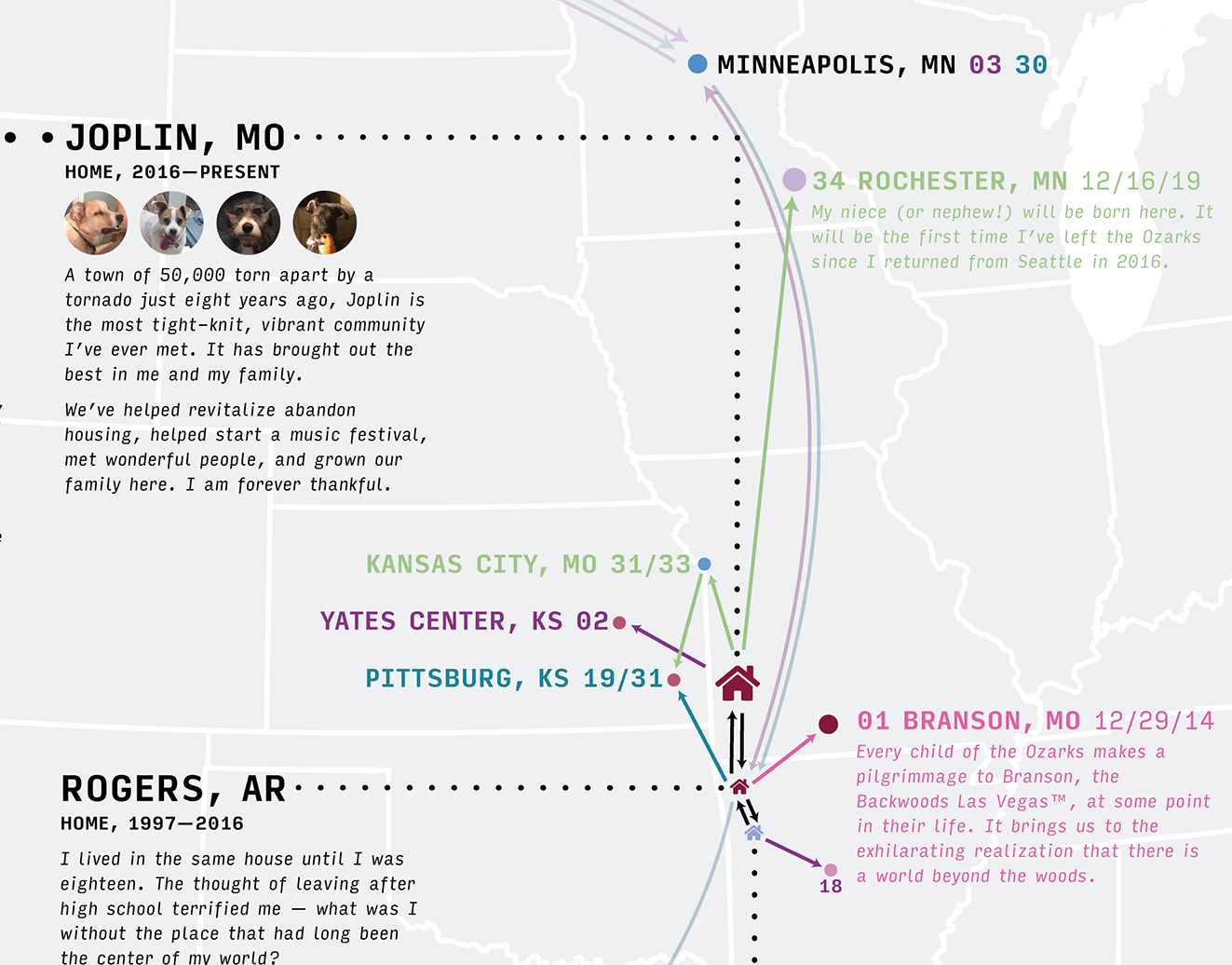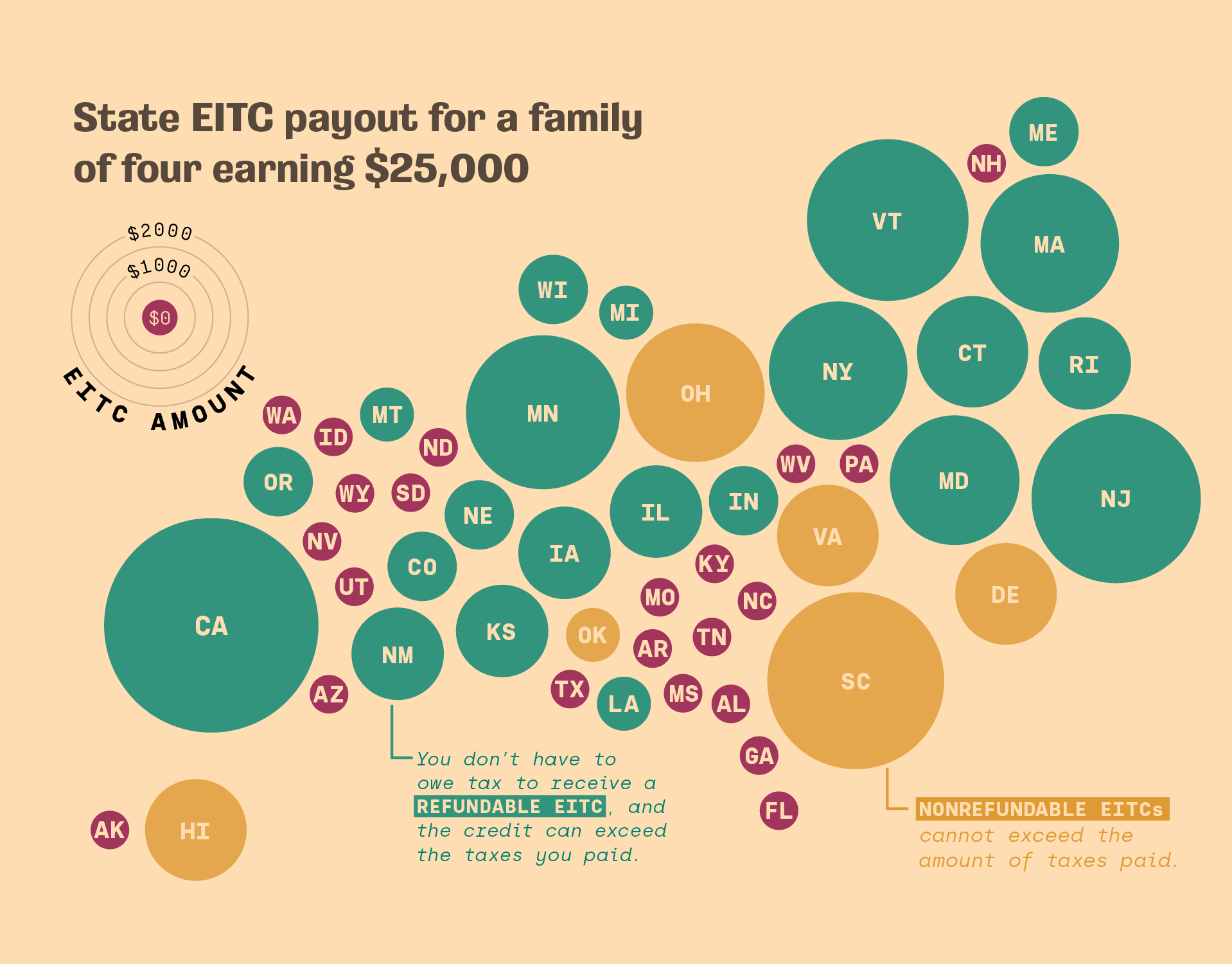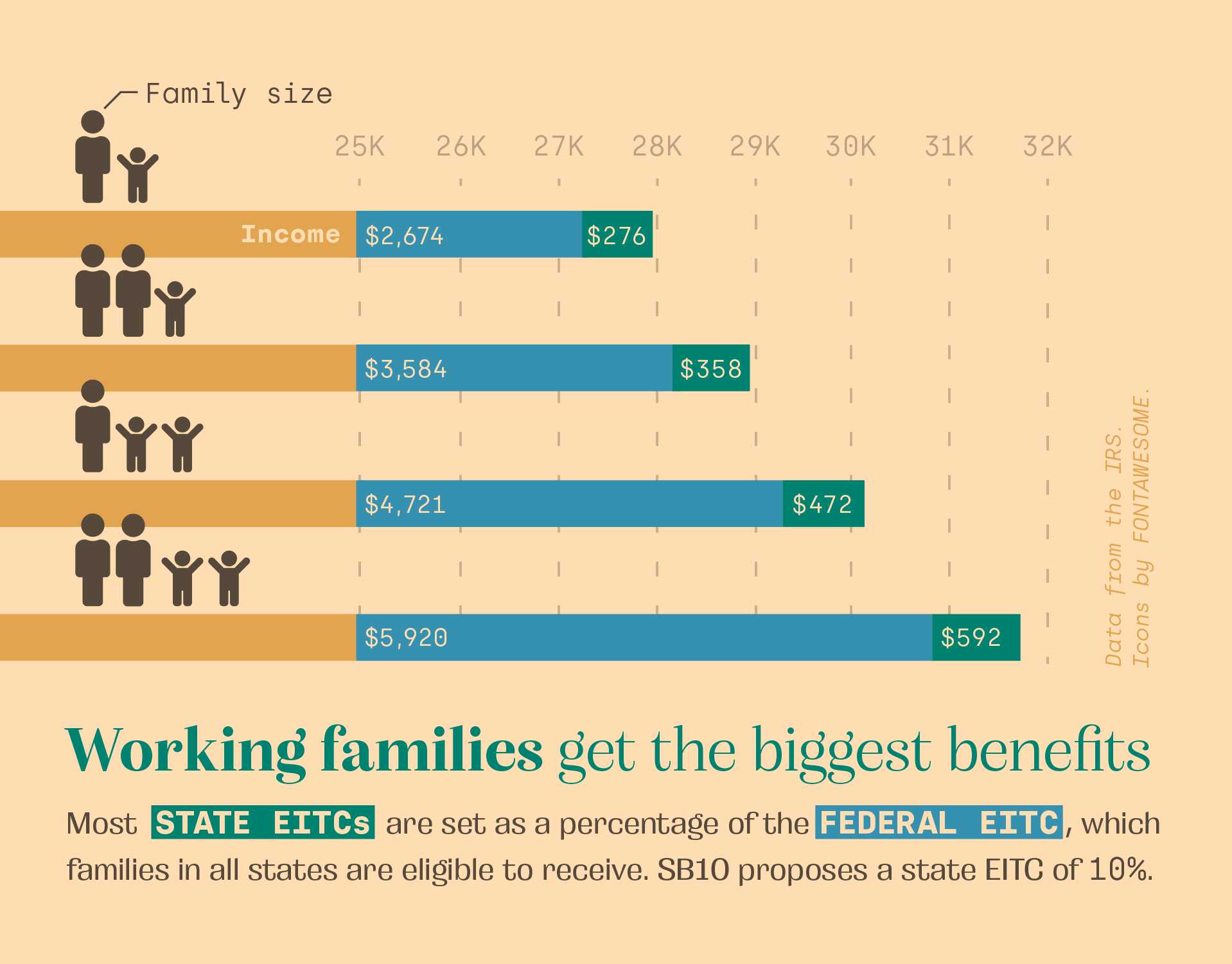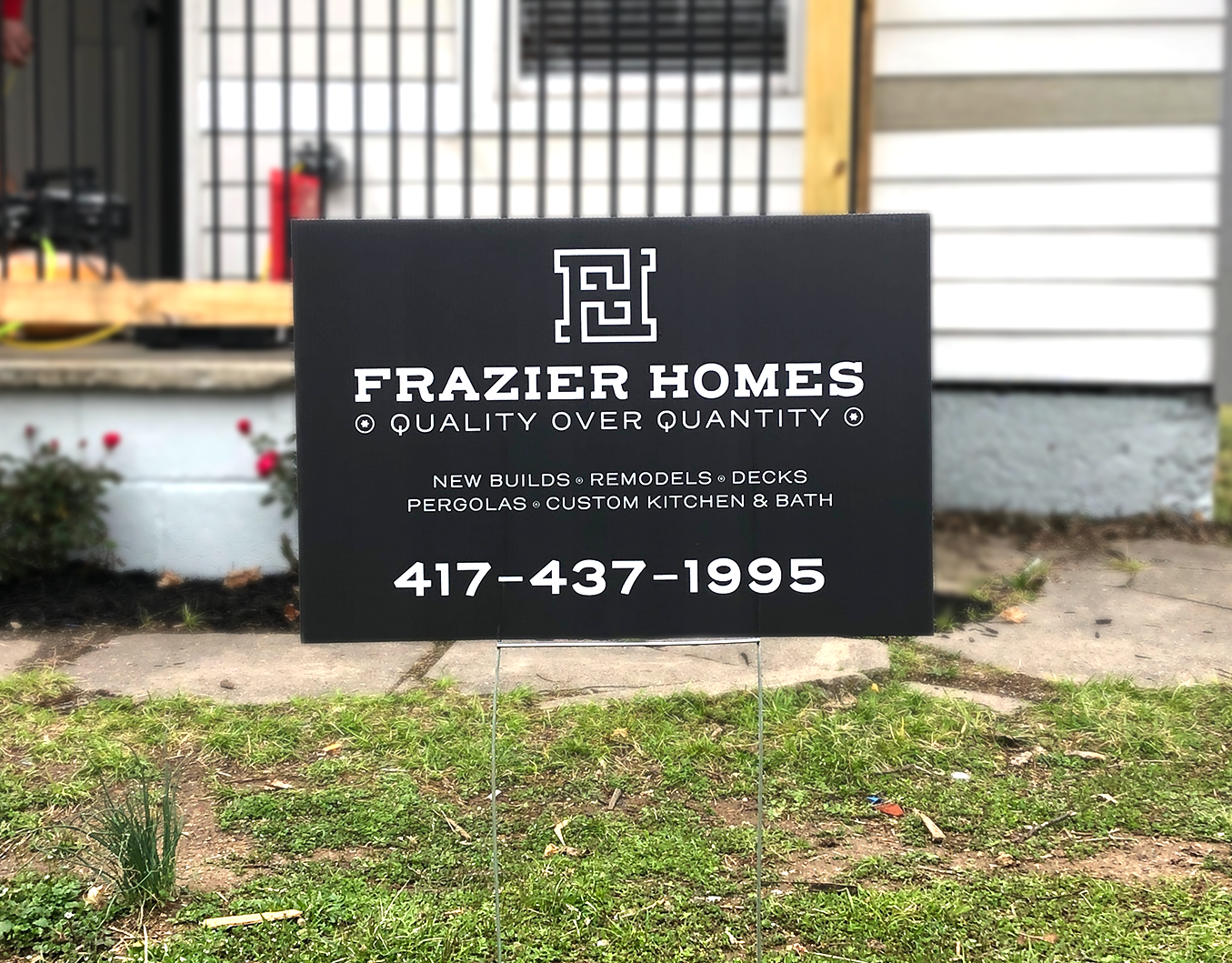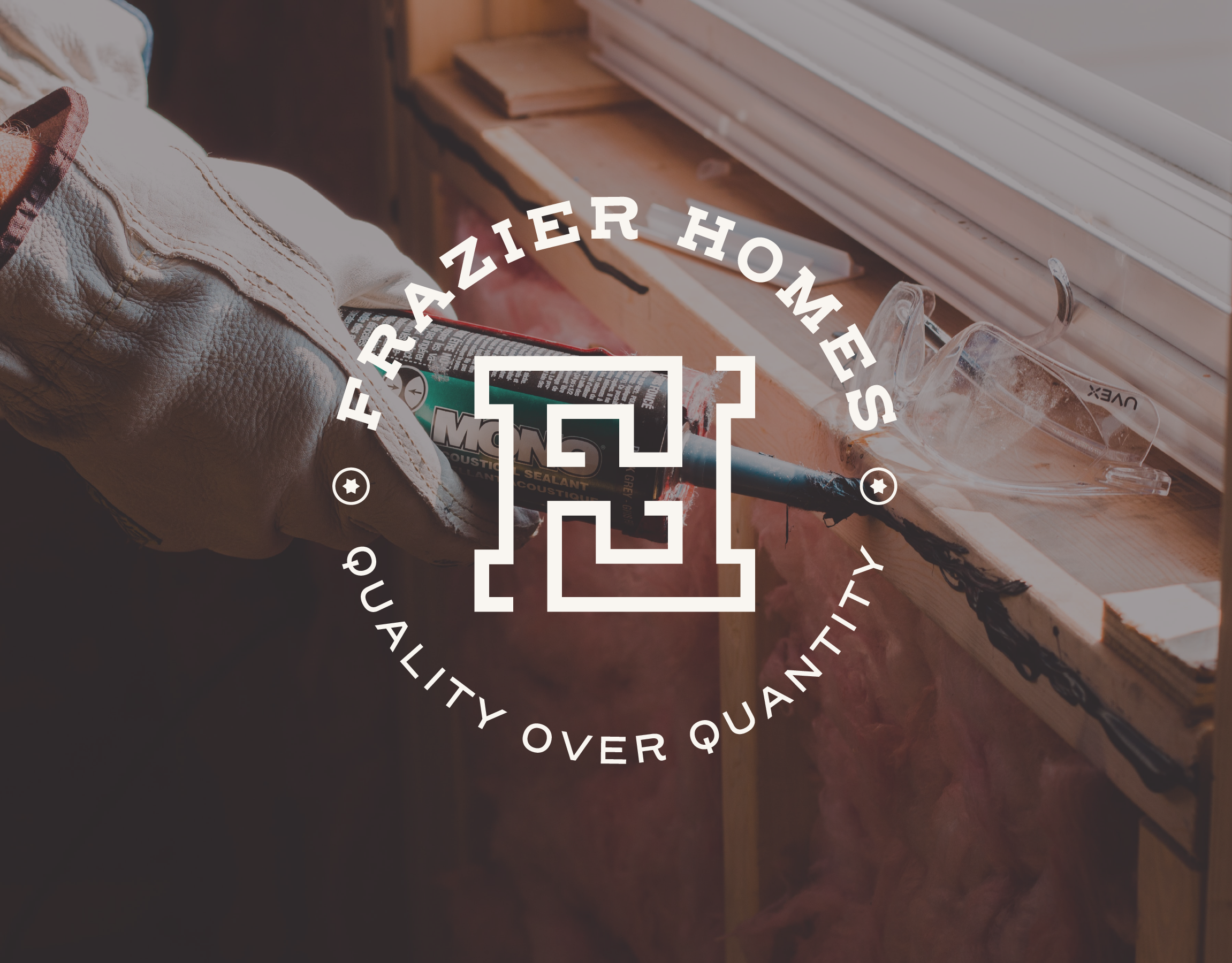Collaborating with Professor Tom Hapgood, my classmates in UARK Graphic Design, Canopy Northwest Arkansas, and refugees from around the area, I developed this mobile app prototype in Adobe XD over the course of the fall 2018 semester.
Navigate through the full prototype below, or click here.
DISCIPLINES
UX
TOOLS
Adobe XD
Canopy is a nonprofit organization based in Fayetteville dedicated to resettling refugees displaced from war-torn areas of the world and helping them lead a new life in Northwest Arkansas. They are a small, tightly-funded group of just four paid staff. At any given time, they manage multiple refugee families — each with unique circumstances, needs, and linguistic and cultural barriers — as well as corresponding sponsor families and a large, pool of volunteers scattered across the area.
Without a single, streamlined platform to facilitate communication and coordination, Canopy struggles to reach out to its constituents efficiently. Time-sensitive matters — like arranging for a ride to work or a doctor’s appointment — are often tended to by email or large group texts, each of which is unwieldy and unreliable in its own way. These issues lead to an imbalanced workload and increased stress among refugees, volunteers, and staff alike.
INITIAL RESEARCH: PERSONAS & SURVEYS
We created clickable personas in Adobe XD for each of these user groups in an effort to comprehensively outline their needs, skills, habits, and constraints, as well as specific scenarios each group might encounter as they relate to Canopy.
We then developed a questionnaire for each user group in Google Forms to gauge a few important metrics: their access to technology, their mobile operating system, their habits regarding push notifications, their access to transportation, and their free time. In addition, we included a comment box at the end of each survey for members of each group to voice any additional thoughts about Canopy’s work and a potential Canopy app.
PROTOTYPE DEVELOPMENT
After a few weeks of research, polling, brainstorming, and sketching, our class arrived at a rough vision for what the Canopy app needed to accomplish:
• Messaging between individuals and easily-configurable groups;
• A directory with a focus on photos so that refugees could recognize and feel comfortable with the people who would be helping them;
• Task creation functions for Canopy staff and sponsor families, to plan ahead, delegate tasks to specifics groups and team members, and keep track of who’s doing what and when;
• A running “dashboard” of pending tasks for staff to look over, alter, and send out to specific volunteers if necessary.
Each of the app’s four defined user groups has its own functionality:
• Canopy staff can oversee activity for all its refugee families, delete and edit tasks created by other users, and send paperwork .pdfs to sponsors and volunteers;
• Sponsor families can communicate within their team and to their assigned refugee family, as well as create, edit, and delete tasks within that group;
• Refugees can send requests for help and communicate with their assigned sponsors
and Canopy staff; and
and Canopy staff; and
• Volunteers can accept certain tasks from a pool filtered to their interests.
PROTOTYPE: TASK CREATION
Accessed through the central FAB icon on the taskbar, the creation screen allows staff to create tasks with specific dates, times, locations, and types, send them to relevant groups and individuals, create groups and individual profiles, and send paperwork to volunteers.



FUNCTIONALITY
Staff can create events, which differ from tasks in that they are sent out to all of Canopy’s constituents (rather than only to a specific team or volunteer) and keep a headcount of those who plan to attend and volunteer their time.
“Tags” added to each task succinctly describe the sort of work the task would entail, and allow users to filter available tasks down to what they are interested in (or capable of) doing. This system is more useful and flexible than hard categories for describing tasks.
For instance, taking a toddler to the doctor may require three tags: [transport], [childcare], and [heavy lifting]. An elderly volunteer could filter out the [heavy lifting] tag to avoid signing up for tasks she may not be physically capable of performing. Alternately, an empty nester could opt-in to the [childcare] tag because she loves children.
Tasks can be marked as recurring to renew that task on a daily, weekly, monthly, or yearly basis, saving staff and sponsors the time and hassle of recreating the same task on regularly.
“Reverse workload delegation” allows staff members to send tasks out to sponsor teams starting with the least-involved member of the group and working its way up if each member declines or fails to respond in time. This feature could help less-involved members stay involved with their team and balance the workload more fairly with their teammates.
Time-sensitive tasks that are not accepted by sponsor team members within a certain timeframe can be automatically delegated to eligible volunteers.



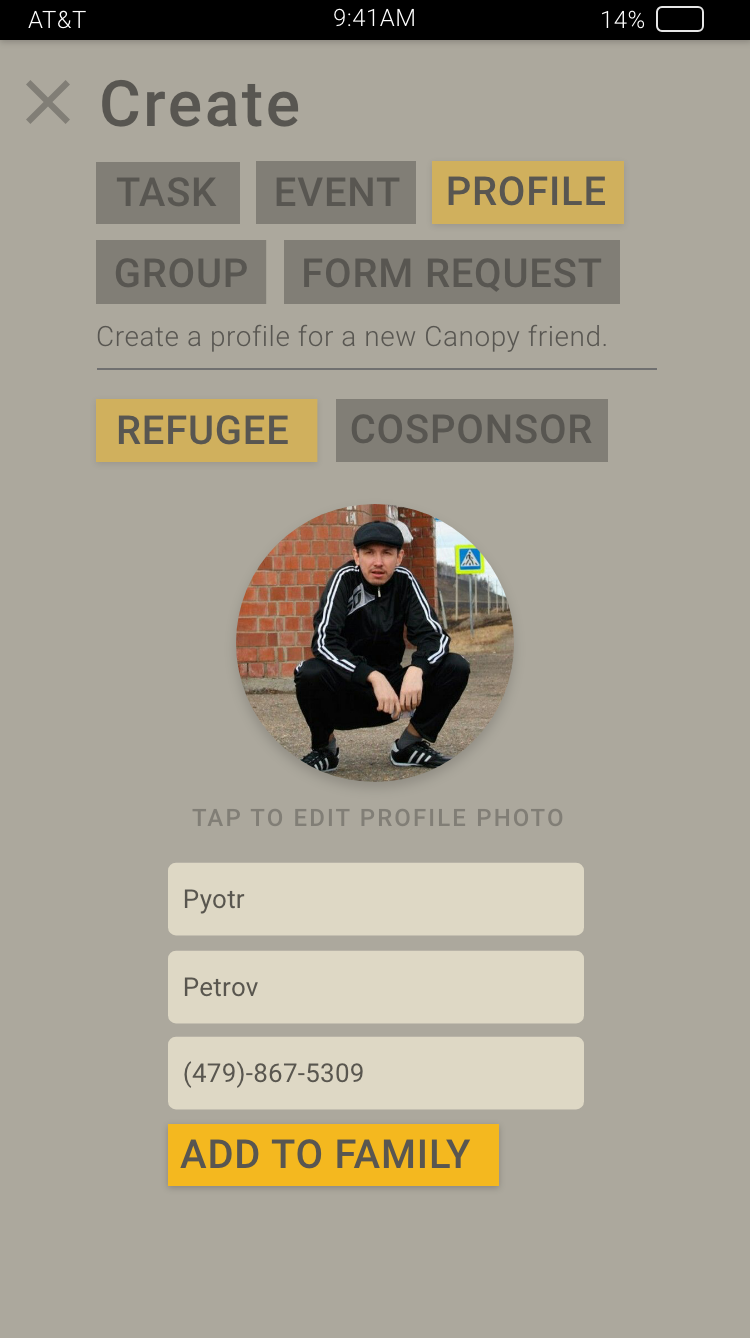


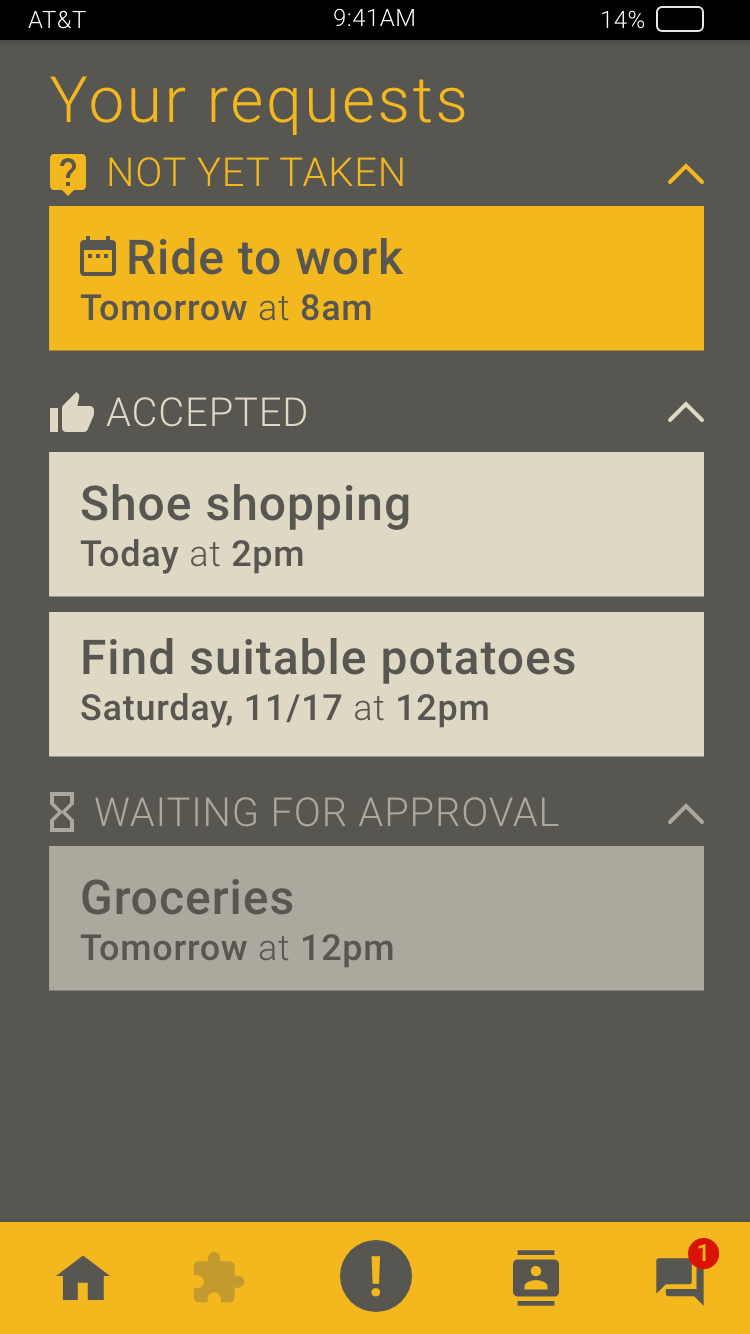
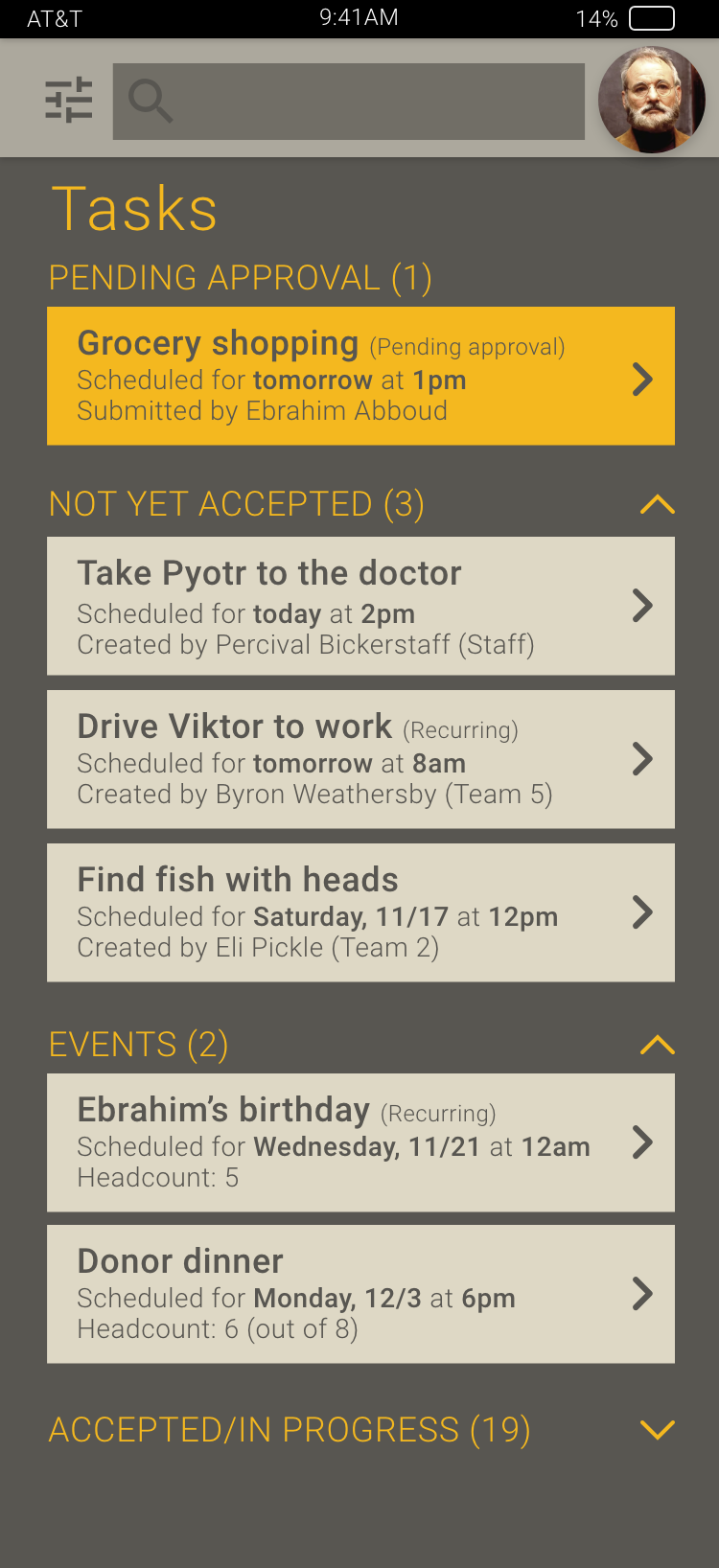
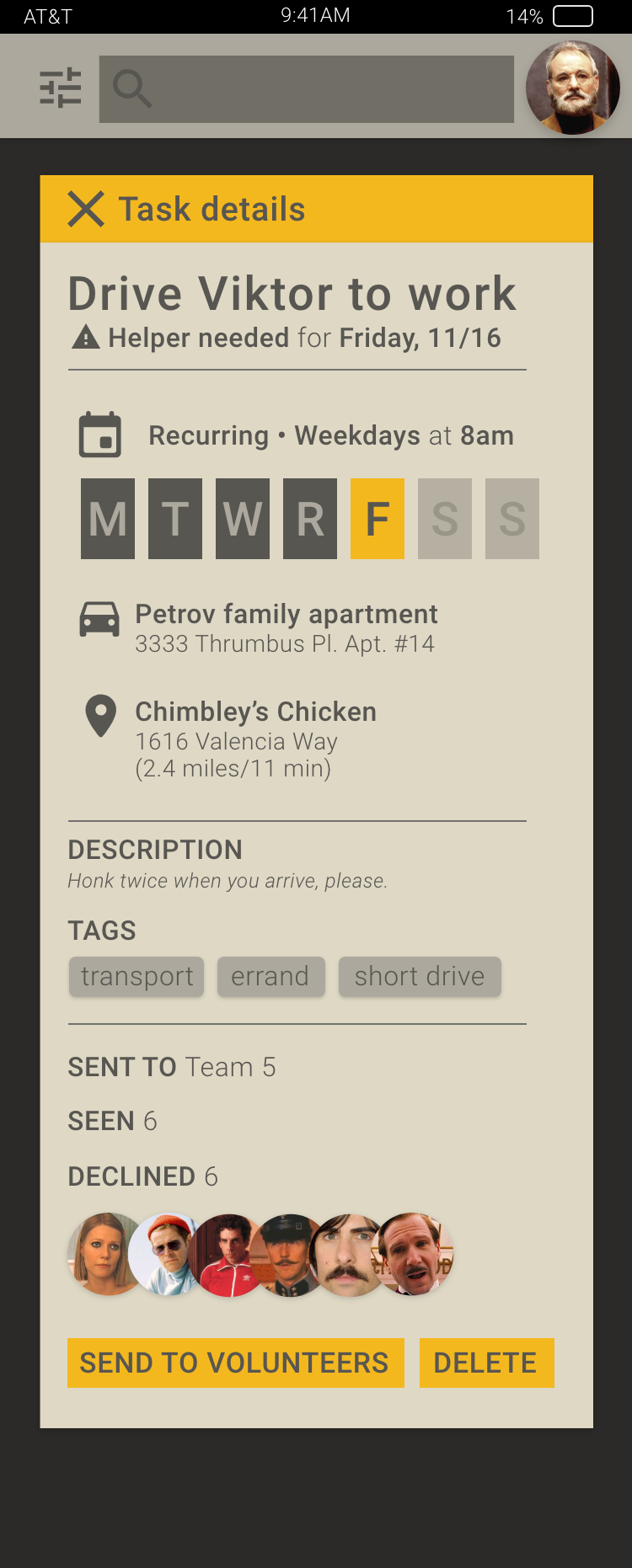
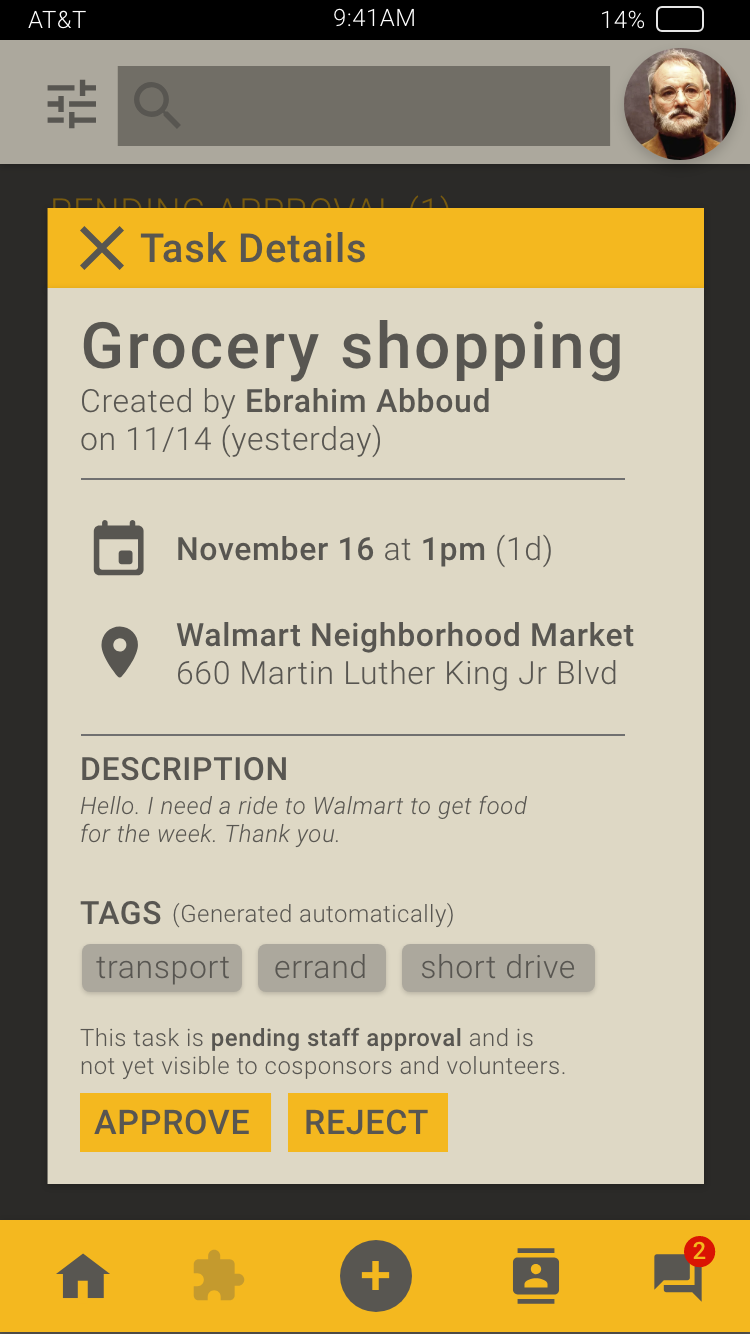
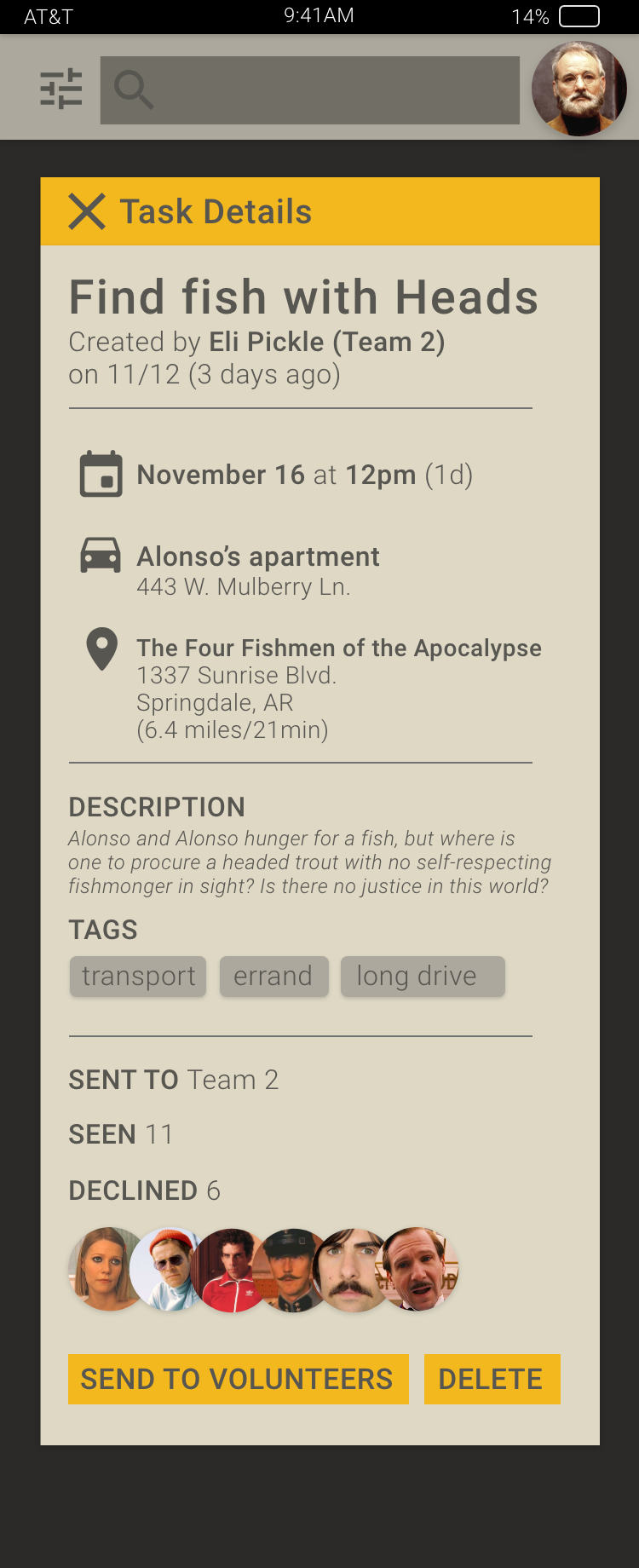

CONCLUSION
At the end of the fall 2018 semester, we compiled all of our prototypes into a book for Canopy to pass off to a mobile developer in the near future. I along with seven others from our class created a presentation for the University of Arkansas’ Social Innovation Challenge for a chance at securing funding for the app. For its conclusion, I wrote:
Our country is one shaped by generations of castaways and peace-seekers, adventurers and dreamers. Canopy’s endeavors to resettle refugees are vital to keeping the American flame of altruism alive. These refugees are our future business owners, teachers, nurses, artists and engineers — the backbone of an increasingly vibrant and diverse community in Northwest Arkansas.
An inspired, connected network of givers and doers could reshape the ways we give back to our communities and empower the less fortunate souls within them to pursue and live the American dream.

